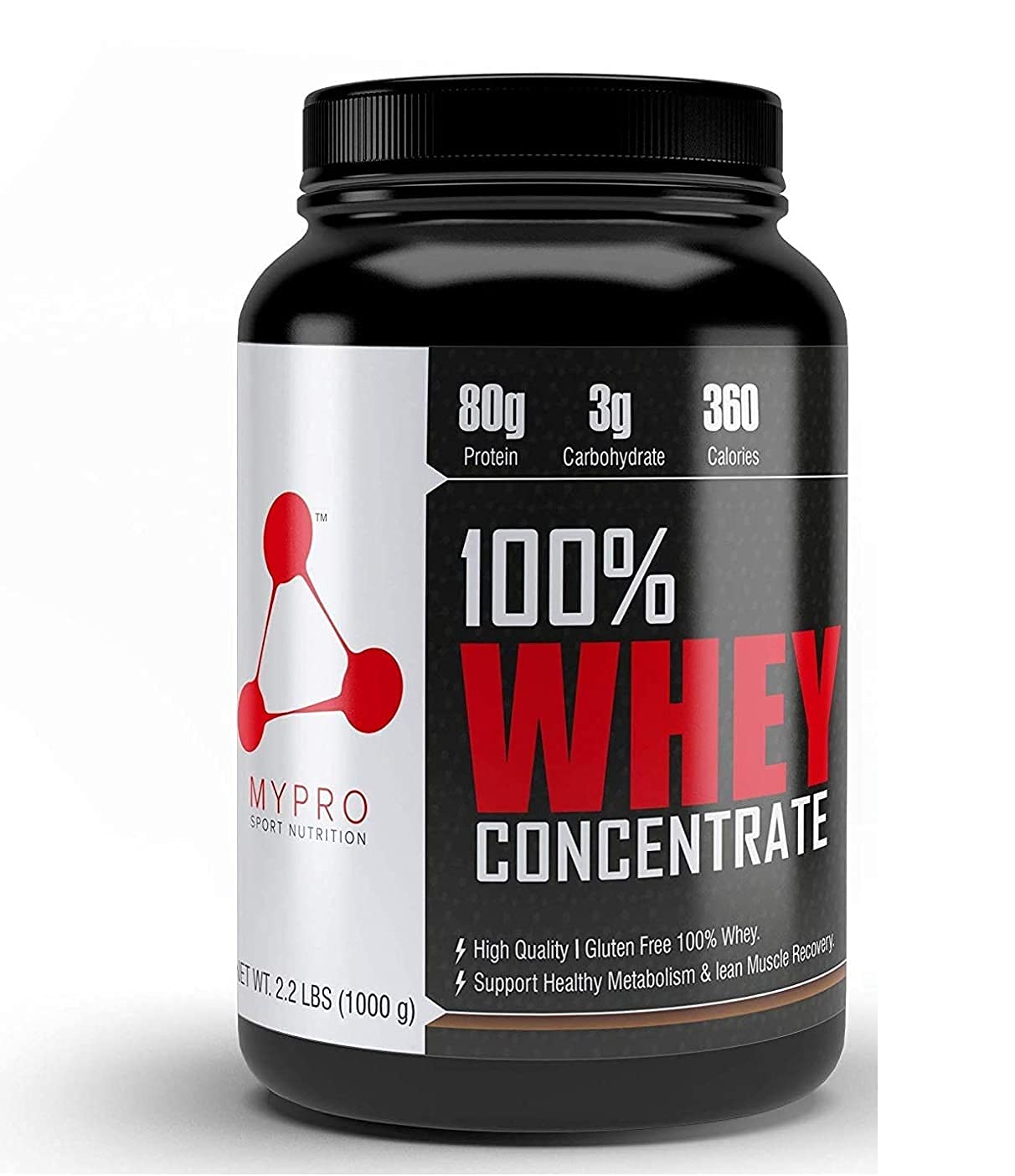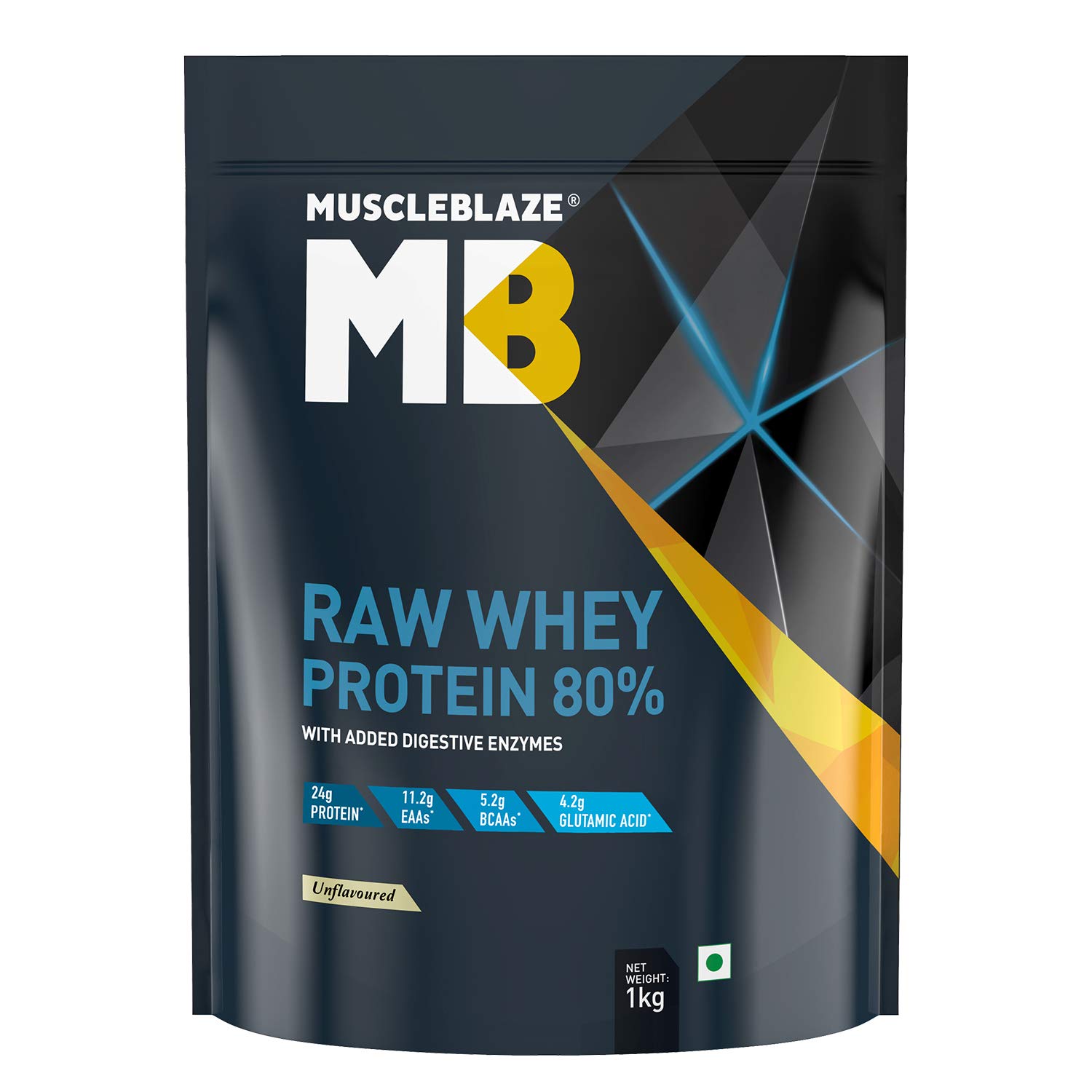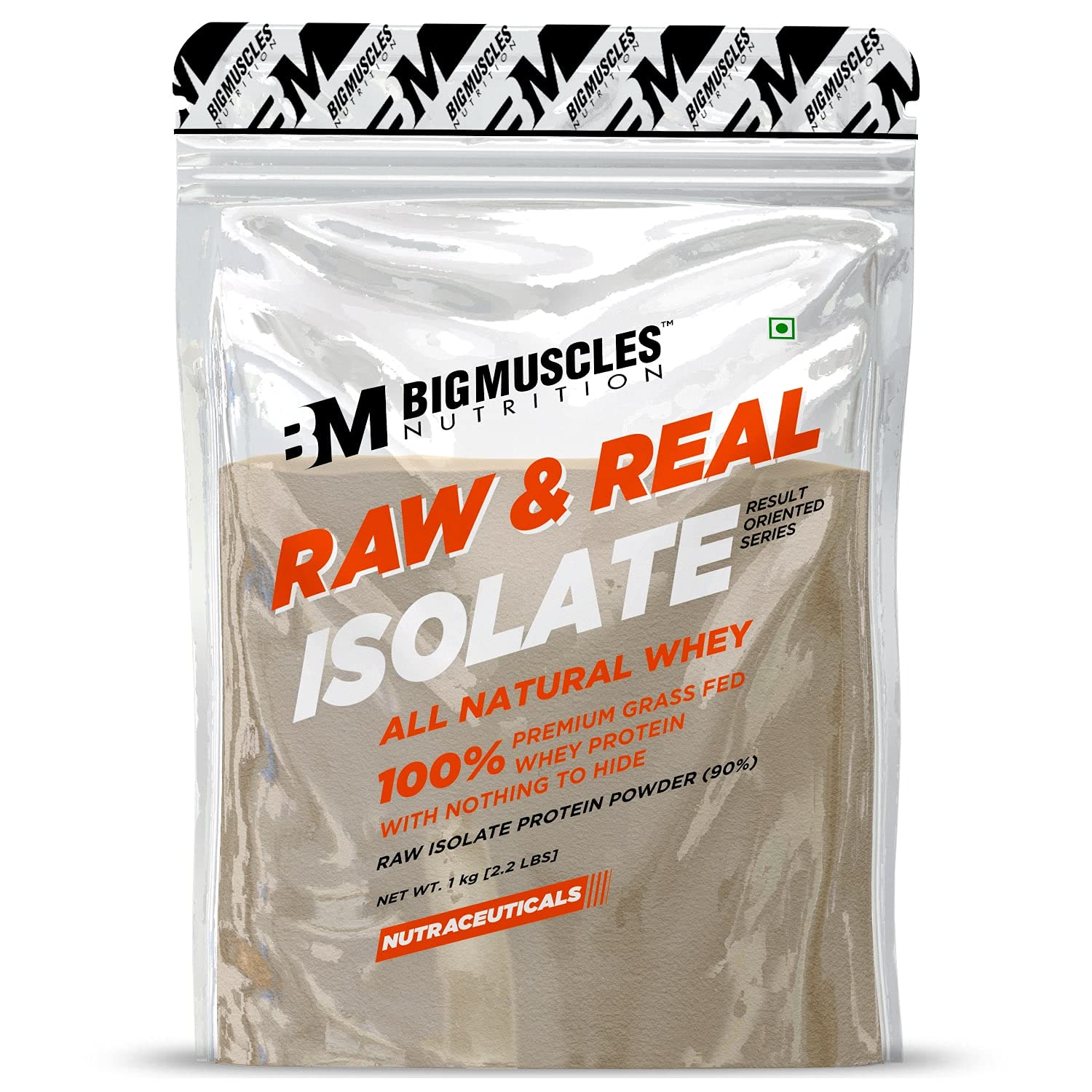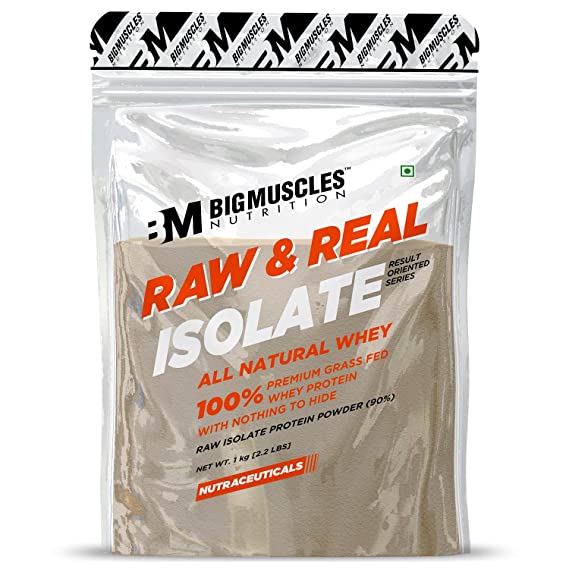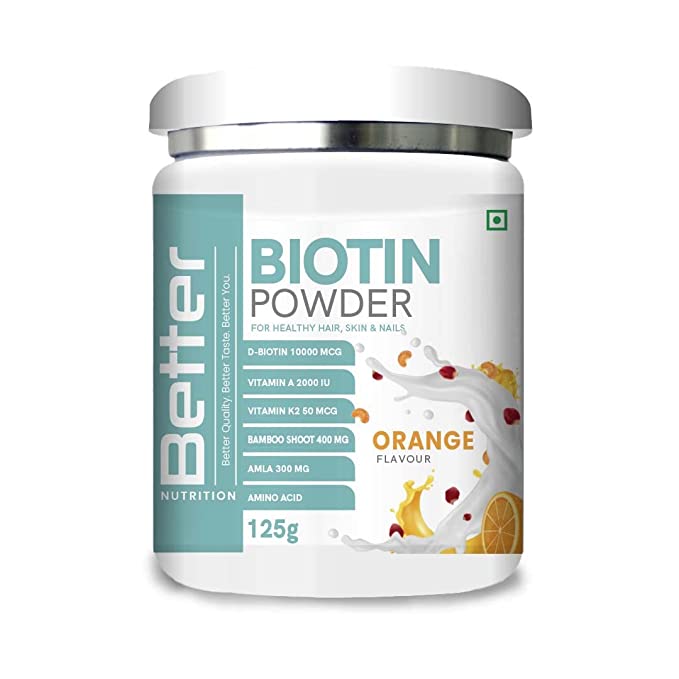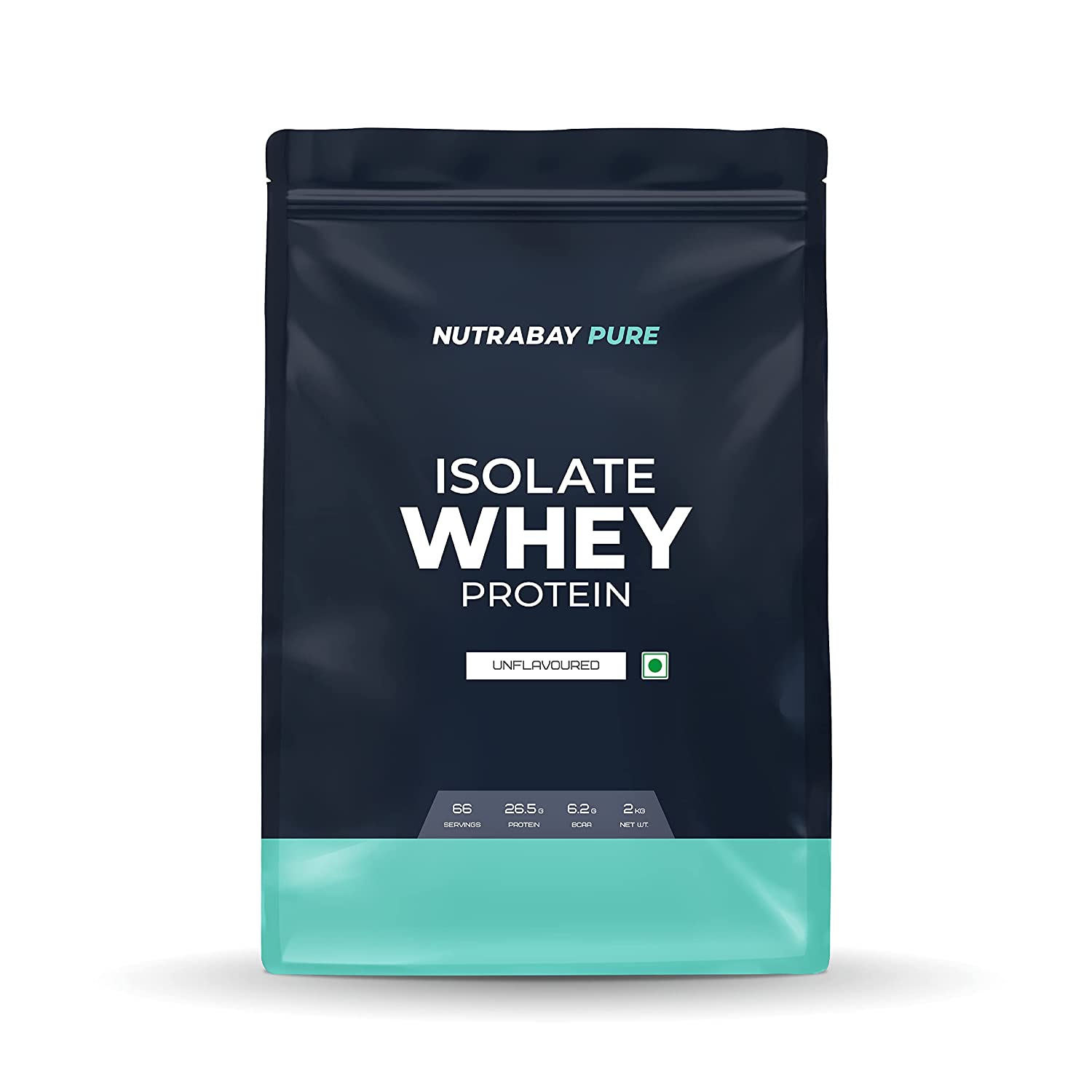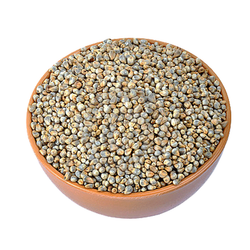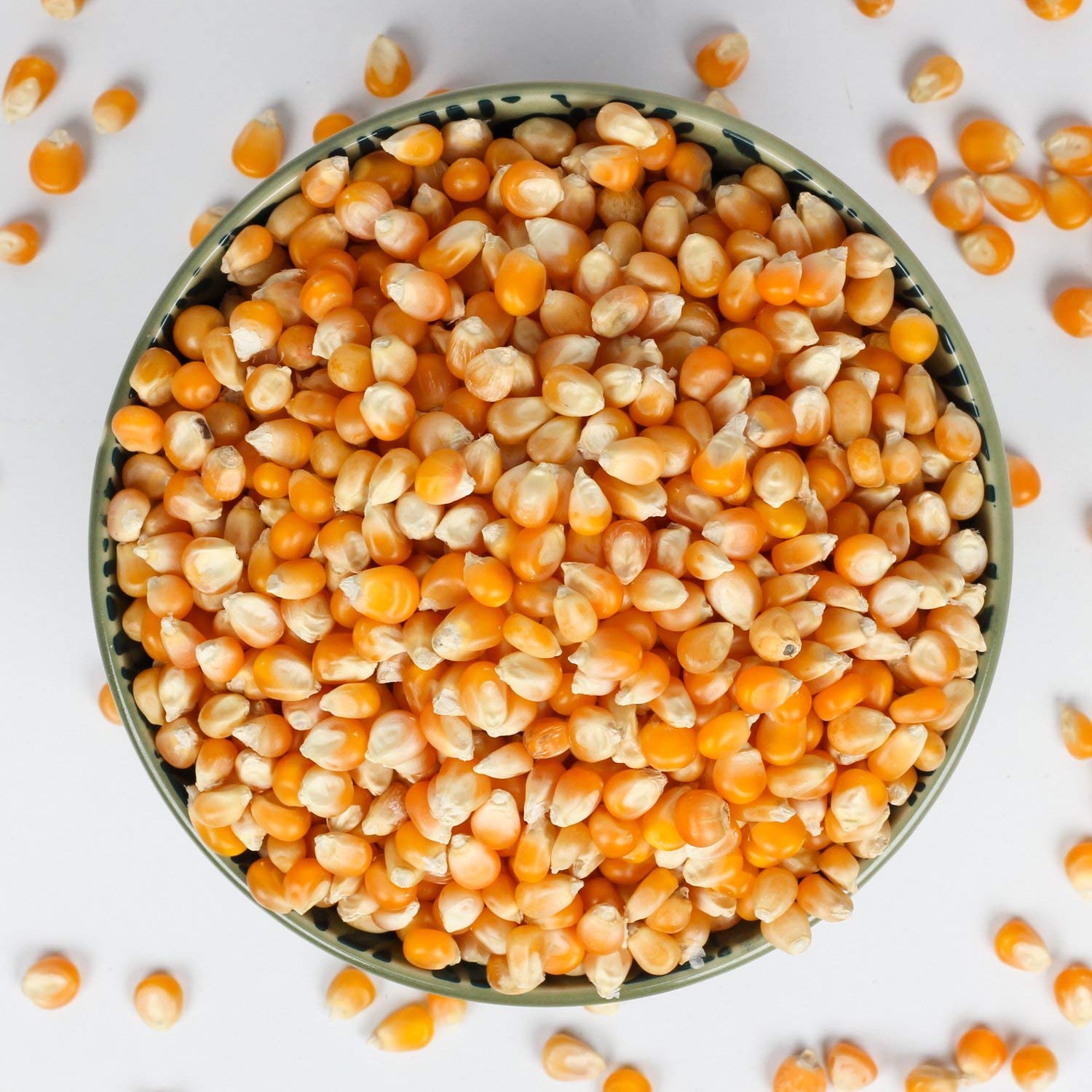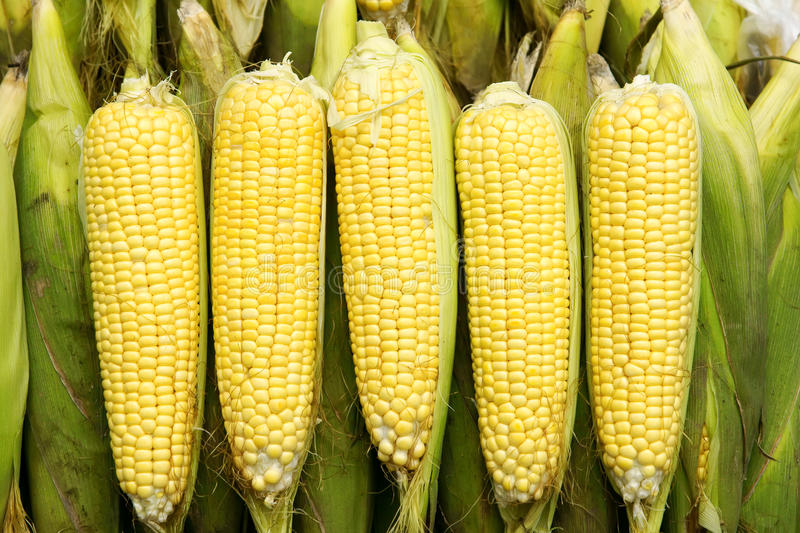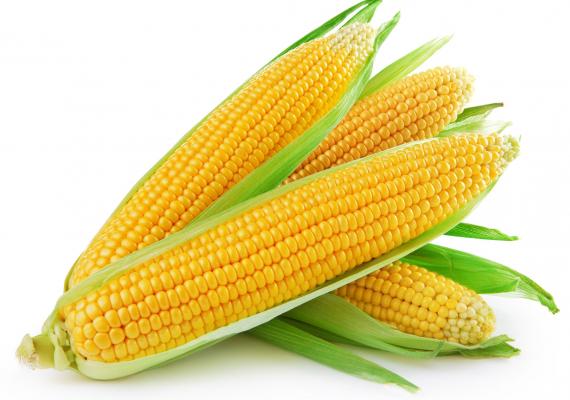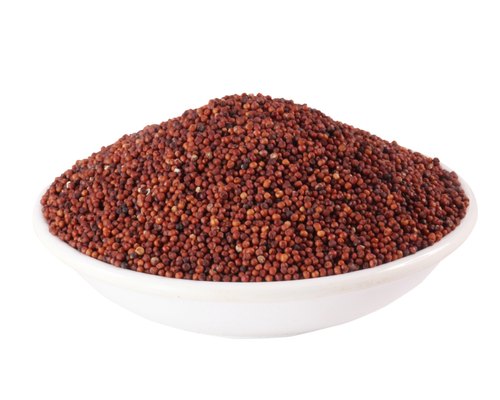Histidine
Macronutrient
Last update date: October 11, 2023
Histidine is a semi-essential amino acid. It is non-essential for adults but essential for infants. It is used to make proteins and enzymes in the body.
Frequently Asked Questions
1.
What is Histidine?
Histidine is one of the 20 different amino acids, which are the building blocks of proteins and enzymes. Amino acids can be classified as essential or nonessential. Essential amino acids are those that the body cannot produce on its own and must be obtained through the diet. Histidine falls into the category of essential amino acids, meaning it must be consumed from external sources to meet the body's requirements.
2.
What is positive impact of Histidine?
Histidine is a powerful nutrient with a multitude of positive impacts on the body: Protein synthesis: Histidine plays a vital role in building and repairing body tissues, such as muscles and organs. Carnosine formation: Histidine is essential for the production of carnosine, an antioxidant that protects muscle and brain tissues from damage. Histamine production: Histidine acts as a precursor for histamine, a chemical that regulates immune responses, digestion, and sleep-wake cycles. Metal chelation: Histidine possesses the unique ability to bind and regulate metal ions in the body, ensuring their proper transport and utilization. Tissue repair and growth: Histidine supports the healing process, facilitates cell regeneration, and helps maintain healthy skin, connective tissues, and organs. Blood cell production: Histidine plays a crucial role in the production of red and white blood cells, contributing to oxygen transport and immune function. Nerve cell protection: Histidine acts as a safeguard, protecting nerve cells from damage and promoting optimal functioning. Including histidine-rich foods in your diet can harness these remarkable benefits for your overall health and well-being.
3.
What is negative impact of Histidine?
Histidine is generally safe and well-tolerated when consumed within recommended amounts. However, excessive intake of histidine may lead to certain side effects. Here are some important points to consider: Folic acid levels: Excessive histidine intake can result in lower levels of folic acid, a B-vitamin essential for various bodily functions, including DNA synthesis and red blood cell production. Anorexia or reduced appetite: High doses of histidine may cause a decrease in appetite, resulting in reduced food intake. Zinc loss: Consuming excessive amounts of histidine has been associated with increased loss of zinc, an essential mineral involved in immune function, wound healing, and many enzymatic reactions. It is important to note that these side effects typically occur with very high doses of histidine and are less likely to be a concern when histidine is consumed within the recommended dietary limits.
4.
Who should avoid Histidine?
While histidine is generally safe for most people, there are certain situations where caution is advised. Here are some key points to consider: Pregnant or breastfeeding individuals: There is insufficient data to establish the safety of histidine supplementation during pregnancy or breastfeeding. Therefore, it is advisable to rely on a well-balanced diet rather than supplements to meet histidine needs during these periods. Folic acid deficiency: Histidine supplementation can lead to the buildup of a chemical called formiminoglutamic acid (FIGLU) in individuals with folic acid deficiency. If you have a known folic acid deficiency, it is important to address it before considering histidine supplements. Liver disease or liver failure: Histidine supplementation may result in liver enlargement, elevated blood ammonia levels, and decreased levels of branched-chain amino acids in individuals with liver disease or liver failure. If you have liver-related conditions, it is best to consult with a healthcare professional before considering histidine supplements. As always, it is important to consult with a healthcare professional before starting any new supplements, especially if you fall into the above-mentioned categories or have pre-existing medical conditions.
5.
What are common sources of Histidine?
Histidine is found abundantly in various protein-rich foods. Here are some common dietary sources of histidine: Animal-based sources: Eggs: Both the egg whites and yolks contain histidine. Beef: Lean cuts of beef, such as sirloin or tenderloin, are good sources of histidine. Chicken: Chicken breast and lean cuts are rich in histidine. Pork: Pork tenderloin and loin cuts are good options for histidine intake. Fish: Fish like salmon, tuna, and trout are excellent sources of histidine. Plant-based sources: Soy: Foods like tofu, soybeans, and tempeh provide histidine for vegetarians and vegans. Beans: Various types of beans, such as kidney beans, black beans, and chickpeas, are good sources. Wheat: Whole wheat products, including bread and pasta, contain histidine. Quinoa: This pseudocereal is a complete protein source that contains histidine. Corn: Fresh corn and corn-based products like tortillas can contribute to histidine intake. Rice: Brown rice and other rice varieties provide histidine.
6.
Which are symtoms of Histidine deficiency?
A deficiency of histidine is rare because it is an essential amino acid found in many common foods. However, certain conditions or factors may increase the risk of deficiency. These include: Poor dietary intake: Inadequate consumption of protein-rich foods that contain histidine can lead to a deficiency. Digestive disorders: Conditions that affect the digestive system, such as inflammatory bowel disease or celiac disease, can impair the absorption of histidine and other nutrients. Kidney disease: Individuals with kidney disease may have difficulty metabolizing and excreting histidine, leading to its accumulation or deficiency. Chronic stress: Prolonged periods of stress can deplete histidine levels in the body due to increased demand for protein synthesis and other physiological processes. Certain medications: Certain drugs, such as antiepileptic medications, may interfere with histidine metabolism and utilization.


